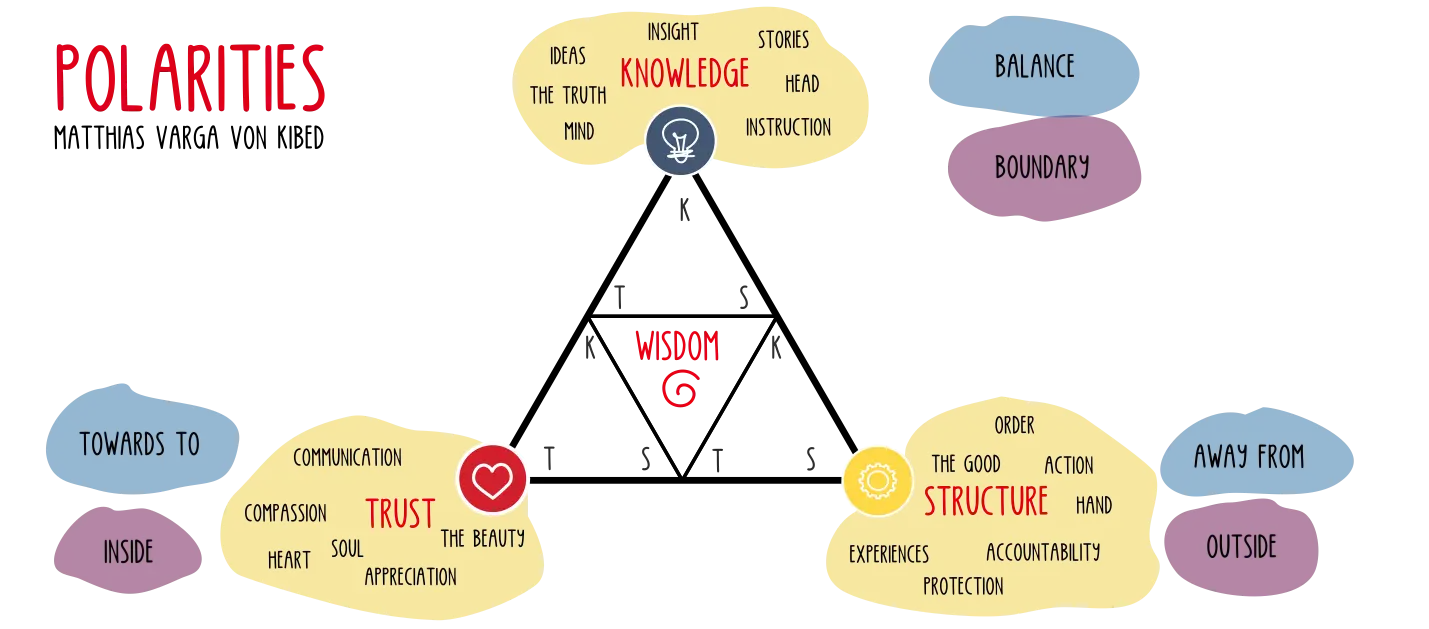

The question is not so much “Why is something happening?” but “What am I doing something for, for what purpose?” and “What impact does it have (on my system)?”
[Gunther Schmidt]
Organisations are complex systems with many levels and connections. Their aim is to fulfil certain tasks through good cooperation. If there are problems, systemic organisational consulting helps to stabilise and further develop the organisation. This involves looking at how the different parts of the organisation work together instead of focusing on individual issues or groups.
Systemic organisational consulting is aimed at long-term improvements and differs from short-term, specialised consulting. The focus is on the culture of the organisation. The aim is to promote the entire organisation, taking into account the skills of individual members and teams. Problems are identified and hidden potential for ideas and change is activated.
We support the organisation in helping itself to overcome communication difficulties, improve problem-solving skills and develop new, creative perspectives. This helps organisations to adapt to changing circumstances (such as customers and markets) and evolve while maintaining their uniqueness.
We usually also help to recognise the importance of traditions and past successes, especially when there is a lot of new or rapid change. This strengthens the sense of community within the organisation.
My type of systemic work is based on the SySt® understanding, which integrates and combines the hypnotherapeutic work of Erickson and the hypnosystemic approach of Gunther Schmidt, with the schools of Milan and Heidelberg, with the solution-focussed school of Milwaukee and with the work of Virginia Satir.
Complexity and the pace of change are constantly increasing. Syntactic work can help to maintain an overview, recognise structures and open up new individual opportunities and development spaces.
The structures were developed by Matthias Varga von Kibéd and Insa Sparrer.
The tetralemma is a model that was developed to reflect on conflicts and ambivalences.
It is an effective tool for decision-making.
The polarity scheme is a triadic model whose three poles emerge when we consider the possible directions of human thinking, feeling and acting as a basic logical structure: Cognition, trust and action.
The scheme can be used to help with numerous questions.
The problem or goal structure enables new perspectives on a problem.
This structure is particularly helpful for problems that seem impossible to solve.
The 12-field constellation is based on the ideas of George Spencer Brown, who said: “Draw a boundary!” According to him, setting a boundary creates an inner and an outer area that are surrounded by an invisible context. This context also contains the reasons for this demarcation.
This structure helps to create visions and goals by exploring the reciprocal effects
copyright agile-living ©2021
+49 179 5122527